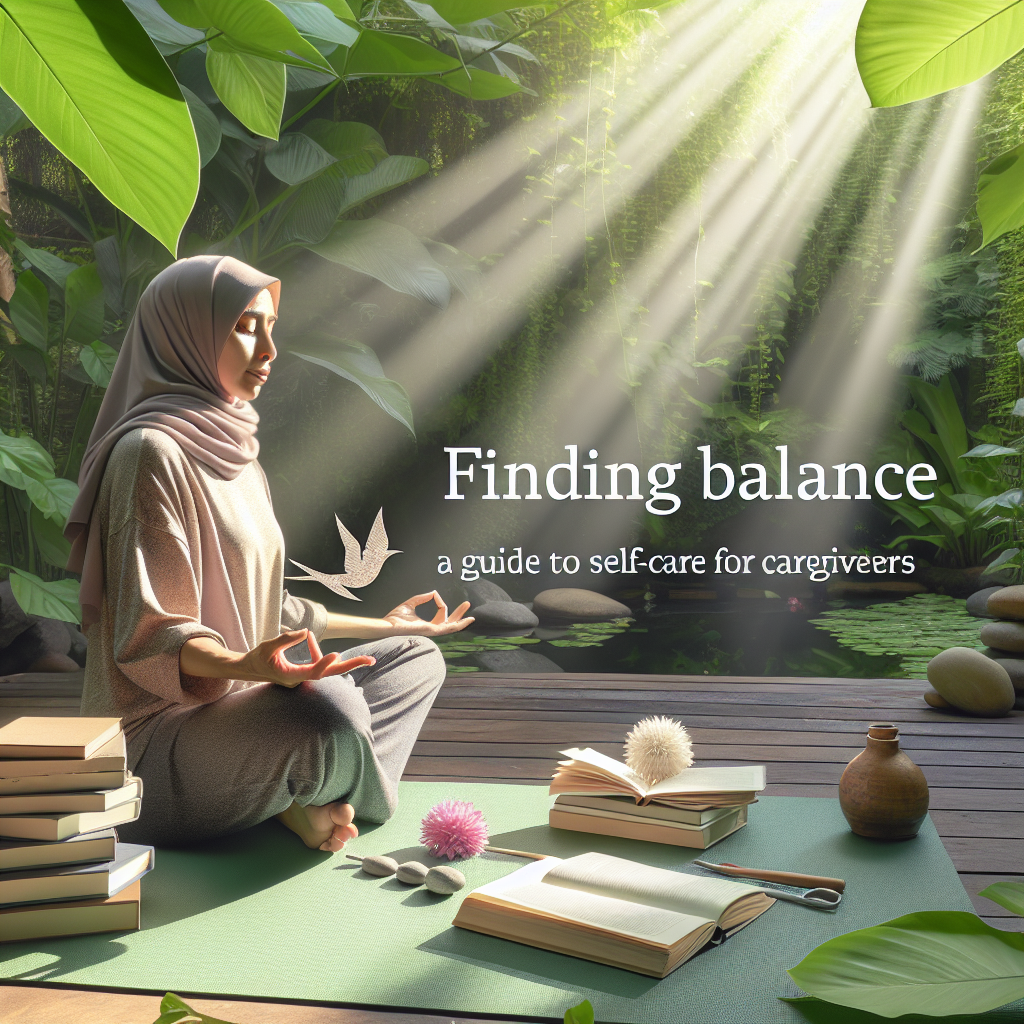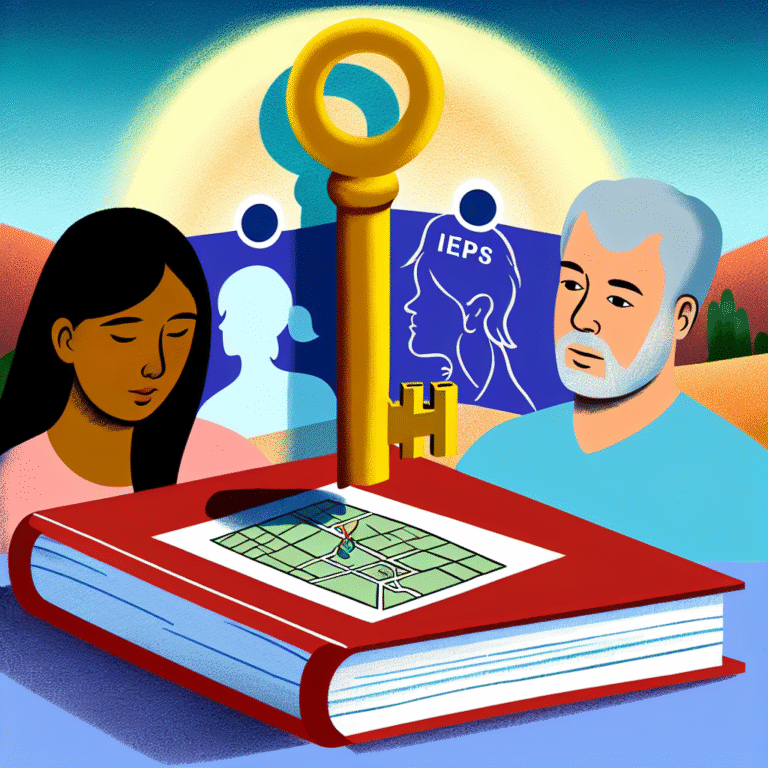
Introduction
In the whirlwind of caregiving, where the demands often feel limitless, many caregivers find themselves losing sight of their own well-being. The role of a caregiver can be deeply fulfilling, yet it can also lead to emotional and physical exhaustion. This article, "Finding Balance: A Guide to Self-Care for Caregivers," aims to illuminate the importance of self-care and provide practical strategies to reclaim a sense of equilibrium.
Caregivers often prioritize the needs of others while neglecting their own health and happiness. This imbalance can result in caregiver burnout—a state of emotional, mental, and physical exhaustion that can be detrimental not only to caregivers but also to those they care for.
Through this guide, we’ll examine the vital components of self-care, explore the barriers caregivers face in implementing such practices, and provide actionable steps to find balance in both caregiving and personal well-being. Let’s dive into the essential insights to help you thrive as a caregiver.
Understanding the Caregiver’s Journey
The Emotional Landscape of Caregiving
Caregivers often navigate a complex emotional landscape. A study published by AARP found that 40% of family caregivers report suffering from severe stress, which can escalate into chronic health issues if left unaddressed. Emotional well-being is foundational to effective caregiving.
Case Study: The Transformation of Sarah
Consider Sarah, a 45-year-old caregiver for her elderly mother diagnosed with Alzheimer’s. Initially, Sarah was joyful in her role, but over time, neglecting her own needs led to anxiety and fatigue. It wasn’t until she began implementing self-care practices such as weekly yoga classes and monthly check-ins with a therapist that she found the emotional resilience to remain a compassionate and effective caregiver. This transformation exemplifies the profound effect of self-care on caregiving.
Table 1: Emotional Strain Levels Among Caregivers
| Emotional Strain | Percentage of Caregivers |
|---|---|
| High | 40% |
| Moderate | 35% |
| Low | 25% |
Barriers to Self-Care for Caregivers
Time Constraints
One of the most significant barriers caregivers face in pursuing self-care is the lack of time. Juggling tasks often leads to a perception that self-care is a luxury rather than a necessity. It’s crucial to challenge this mindset; self-care is essential to sustain your caregiving responsibilities.
Guilt and Shame
Many caregivers experience guilt when taking time for themselves, believing that attention devoted to self-care is time stolen from their loved ones. It’s essential to recognize that taking care of oneself can enhance the caregiving experience rather than detract from it.
Strategies for Self-Care: Finding Balance
1. Establishing Routines
Creating structured routines can provide caregivers with the predictability needed to integrate self-care practices into daily life. This might include setting specific times for physical exercise, relaxation, and hobbies.
2. Prioritizing Physical Health
Physical exercise is a cornerstone of self-care. Activities such as walking, swimming, or even gardening can do wonders for mental health. Aim for at least 30 minutes of activity most days to reap the benefits.
3. Embracing Mindfulness
Practicing mindfulness through meditation or breathwork can help ground caregivers. Simple techniques can include guided meditations available through various apps, helping caregivers reconnect with the present moment—a crucial tool for managing stress.
4. Building Support Networks
Engaging with a supportive network of friends, fellow caregivers, or support groups can mitigate feelings of isolation and provide a valuable outlet for sharing experiences and resources.
5. Seeking Professional Help
Professional support can make a world of difference. Therapy or counseling offers a safe space for caregivers to process emotions and develop coping strategies.
Case Study: John’s Community Connection
In another example, John, a father of two caring for his ailing wife, felt overwhelmed and alone. Upon joining a local caregiver support group, he found camaraderie and shared wisdom that not only offered insights into managing his wife’s care but also encouraged him to reclaim his love for painting. This support network allowed him to realize that finding balance doesn’t have to be a solitary journey.
Implementing Self-Care: Step-by-Step
Step 1: Audit Your Schedule
Start by assessing your daily schedule. Identify time slots that could be transformed into self-care opportunities. A simple chart can illuminate which activities are essential and which can be delegated.
Step 2: Set Clear Boundaries
You don’t have to say “yes” to every request or obligation. Learning to say “no” is a crucial skill that allows you to protect your time and energy.
Step 3: Plan and Prepare
Utilize meal prepping and planning to save time and reduce daily stressors. This can free up precious time for self-care.
Step 4: Designate “Me Time”
Even short intervals of “me time” can make a difference. Whether it’s enjoying a cup of tea, reading a book, or taking a walk around the block, make it a priority.
Table 2: Daily Self-Care Action Items
| Time Slot | Activity |
|---|---|
| Morning (7-8 AM) | Meditation (10 mins) |
| Afternoon (2-2:30 PM) | Stretch or walk (30 mins) |
| Evening (8-9 PM) | Read or enjoy a hobby (1 hr) |
Tools and Resources for Caregivers
Apps for Self-Care
- Headspace: Offers guided meditations specifically for stress relief.
- CareZone: Helps in managing medication schedules and care tasks easily.
- Meetup: A platform to connect with local caregiver support groups.
Helpful Websites
- Family Caregiver Alliance: A wealth of resources and support for caregivers.
- AARP Caregiving: Provides articles, guides, and tools for caregivers.
Conclusion
Finding balance as a caregiver is not merely an objective; it’s a journey toward enhanced well-being and more effective caregiving. By prioritizing self-care, caregivers like Sarah and John demonstrate that it’s possible to nurture both themselves and those they care for.
In "Finding Balance: A Guide to Self-Care for Caregivers," we’ve explored practical strategies and shared transformative stories that underline a simple truth: self-care is not selfish; it’s essential. Embrace these practices, create your strategies, and inspire others in the caregiving community to do the same.
FAQs Section
1. What is self-care for caregivers?
Self-care encompasses practices that promote physical, emotional, and mental well-being, essential for managing the demands of caregiving effectively.
2. How can I find time for self-care?
Start small by scheduling short intervals for self-care activities. Use tools like a daily planner or apps to organize your time efficiently.
3. What are signs of caregiver burnout?
Common signs include constant fatigue, changes in sleep or appetite, feelings of resentment, and decreased interest in activities you once enjoyed.
4. Is it okay to ask for help as a caregiver?
Absolutely! Seeking help from family, friends, or professional services is vital for maintaining balance and ensuring the quality of care.
5. Where can I find local caregiver support groups?
Check community health centers, social media platforms, or websites like Meetup to locate local caregiver support groups.
By embracing these self-care strategies, caregivers can reclaim their strength and resilience, cultivating a harmonious balance that benefits both themselves and their loved ones. Remember, your well-being matters—finding balance is the first step.














